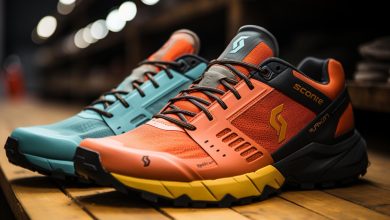Essential Gear for Trail Running: What to Pack for Adventure
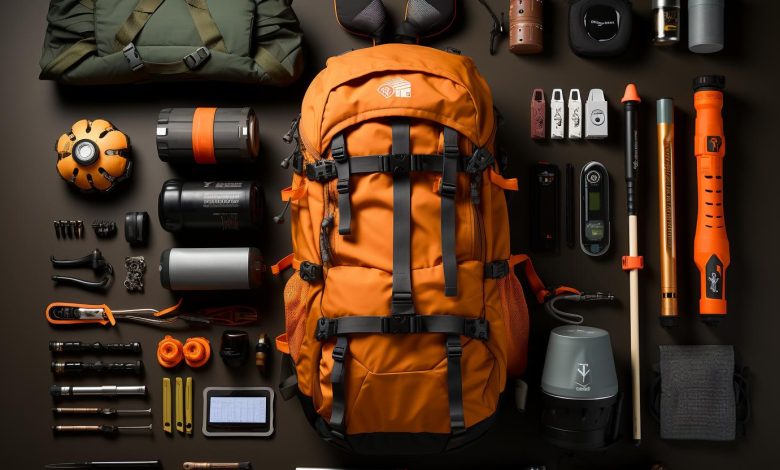
Are you ready to take your trail running adventures to the next level? Then it’s time to pack your gear and hit the trails!
But before you do, make sure you have all the essential items that will keep you prepared and safe. In this article, we’ll guide you through what to pack for your trail running adventure.
From proper footwear and hydration solutions to navigation tools and first aid supplies, we’ve got you covered.
So get ready to conquer those rugged terrains with confidence!
Footwear
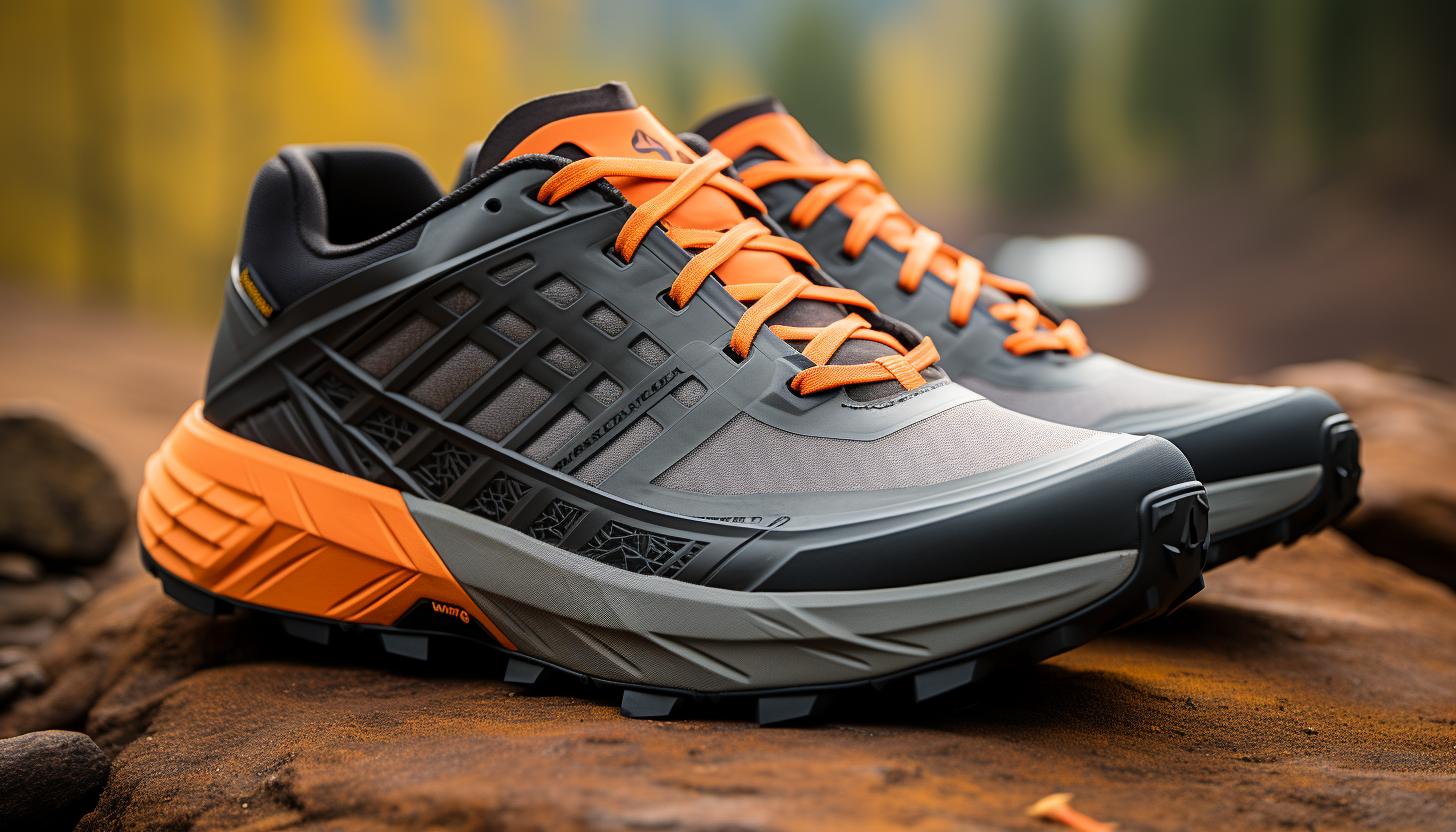
You’ll want to make sure you have the right footwear for trail running. Trail running shoes are specifically designed to provide support and protection on uneven terrain, making them an essential piece of gear for any trail runner. Unlike regular running shoes, trail running shoes have a more aggressive tread pattern that offers better traction on dirt, rocks, and mud. They also have a reinforced toe cap and additional cushioning in the midsole to protect your feet from sharp objects and provide extra stability.
When it comes to choosing the right trail running shoes, there are a few factors to consider. First, think about the type of trails you’ll be running on. If you’ll be tackling technical terrain with lots of rocks and roots, look for a shoe with a stiffer sole and ample ankle support. On the other hand, if you prefer a more minimalist approach or want to try barefoot running on trails, there are also options available specifically designed for barefoot enthusiasts.
Regardless of your preference, always make sure to try on several pairs of trail running shoes before making a final decision. Everyone’s feet are different, so finding the perfect fit is crucial for comfort and preventing injuries during your runs.
Happy trails!
Hydration
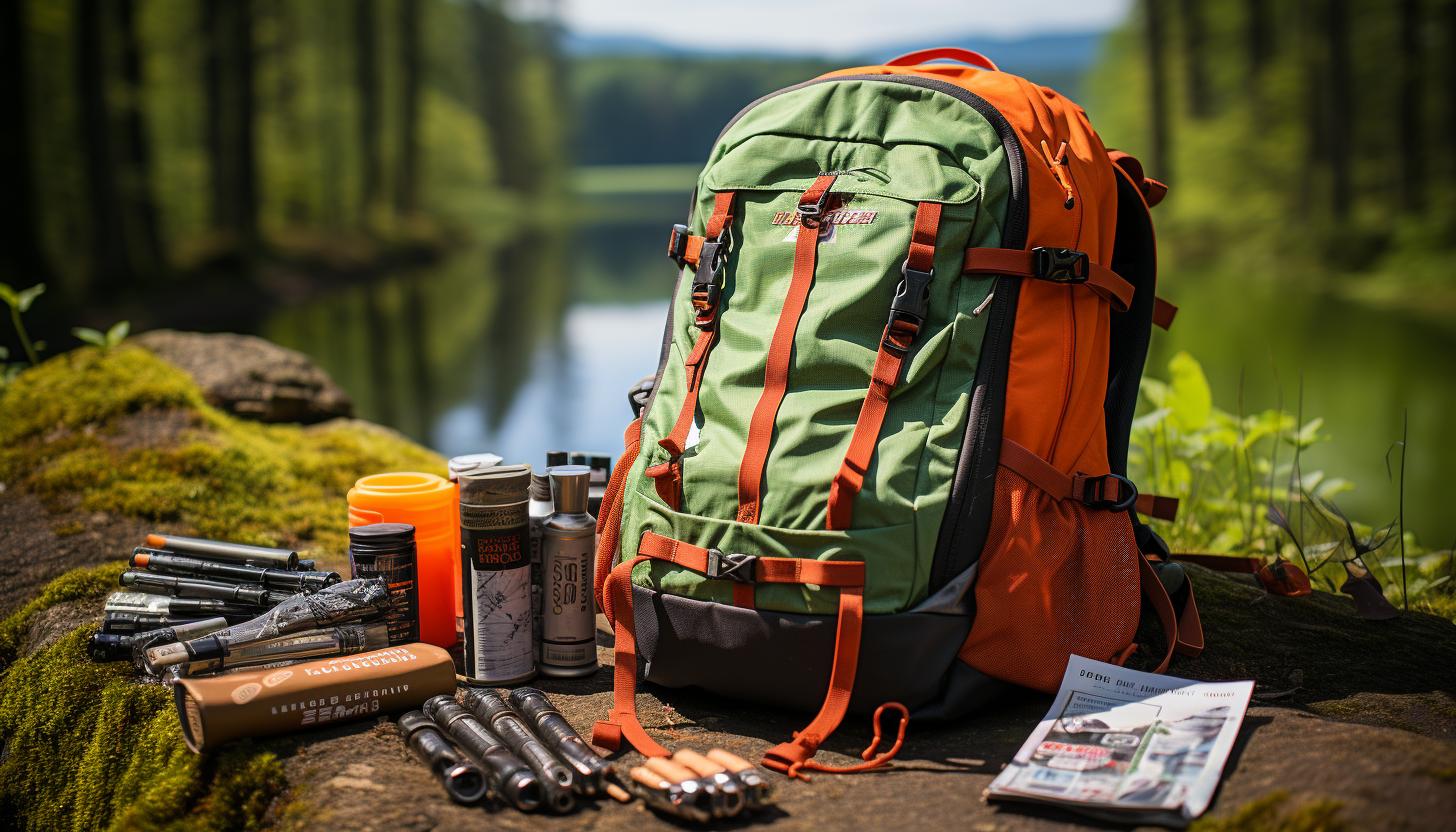
Make sure to stay hydrated while on the trail by bringing along a water bottle or hydration pack. Hydration is of utmost importance when engaging in any physical activity, especially trail running. When you run, your body loses water through sweat and respiration, which can lead to dehydration if not replenished. To prevent this, it’s crucial to have a reliable hydration strategy.
There are two main options for carrying water during your trail run: water bottles or hydration packs. Water bottles are lightweight and easy to carry in your hand or attach to a belt or vest. They provide quick and convenient access to water whenever you need it. On the other hand, hydration packs are backpack-like systems that allow you to carry larger volumes of water on your back. They come with a built-in hose that allows for hands-free sipping while running.
The choice between water bottles and hydration packs ultimately depends on personal preference and the length of your run. For shorter distances, a handheld water bottle may suffice, but for longer adventures, a hydration pack is recommended as it provides more capacity without interfering with your form.
Now that you’re prepared with proper hydration gear, let’s move on to the next essential item: navigation equipment…
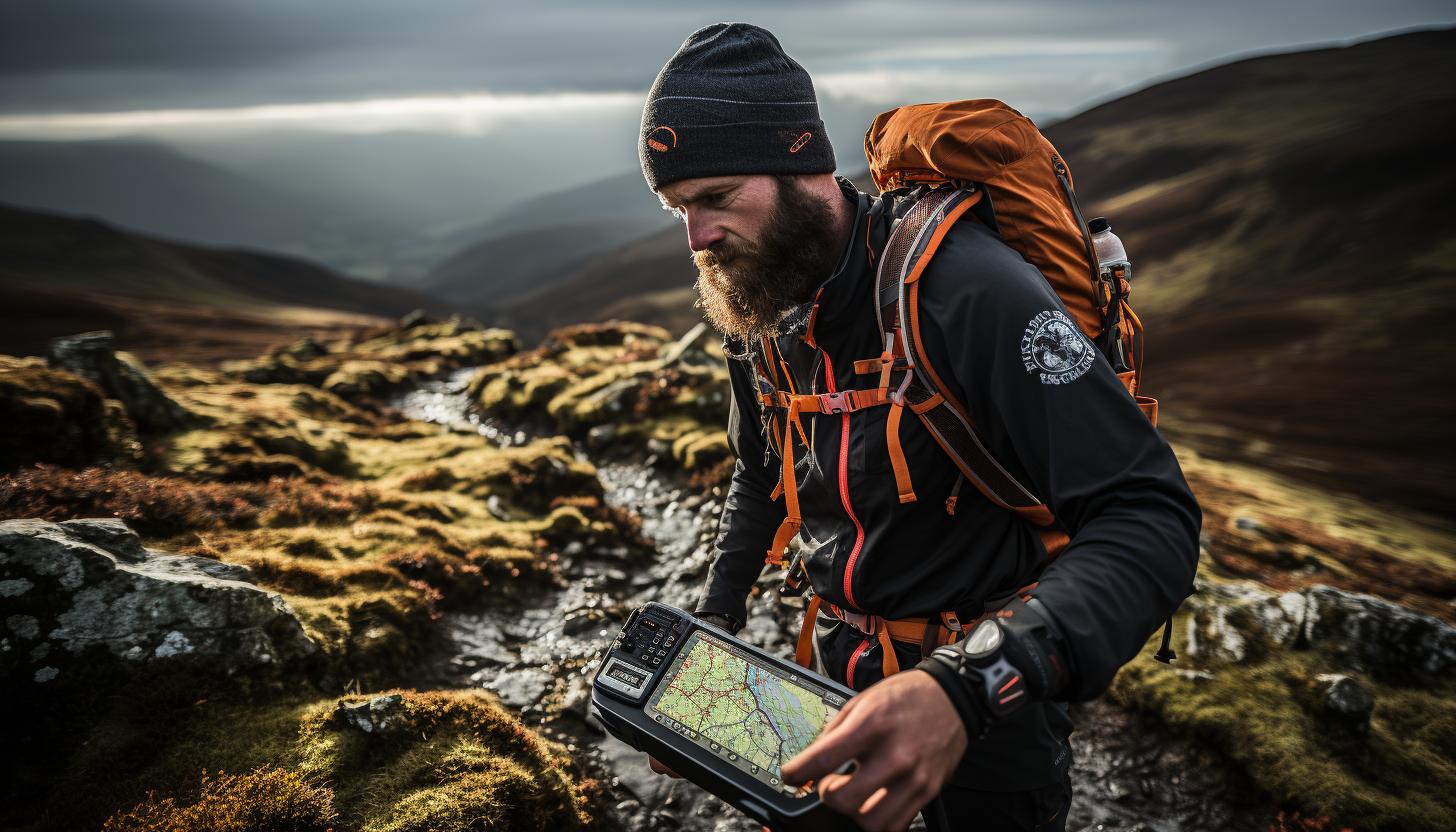
Once you’ve chosen your preferred method of carrying water, it’s important to focus on navigating the trail. When trail running, staying on course is crucial for a successful and enjoyable adventure. To ensure you don’t lose your way, there are two key tools you can rely on: trail markers and GPS devices.
Trail markers are physical signs or symbols that guide runners along the designated path. These can be painted blazes on trees, arrows carved into rocks, or signposts with directional information. Keeping an eye out for these markers will help you stay on track and avoid getting lost in unfamiliar terrain.
In addition to trail markers, GPS devices can provide invaluable assistance in navigation. These handheld devices use satellite technology to pinpoint your exact location on a map. They allow you to plan routes in advance and follow them with precision during your run. Some GPS devices even have features like breadcrumb trails, which show your previous route so you can retrace your steps if needed.
By utilizing both trail markers and GPS devices, you’ll have the peace of mind knowing that you’re headed in the right direction throughout your trail running journey.
Now that we’ve covered navigation essentials, let’s move on to discussing safety and first aid preparations for your adventure.
Safety and First Aid
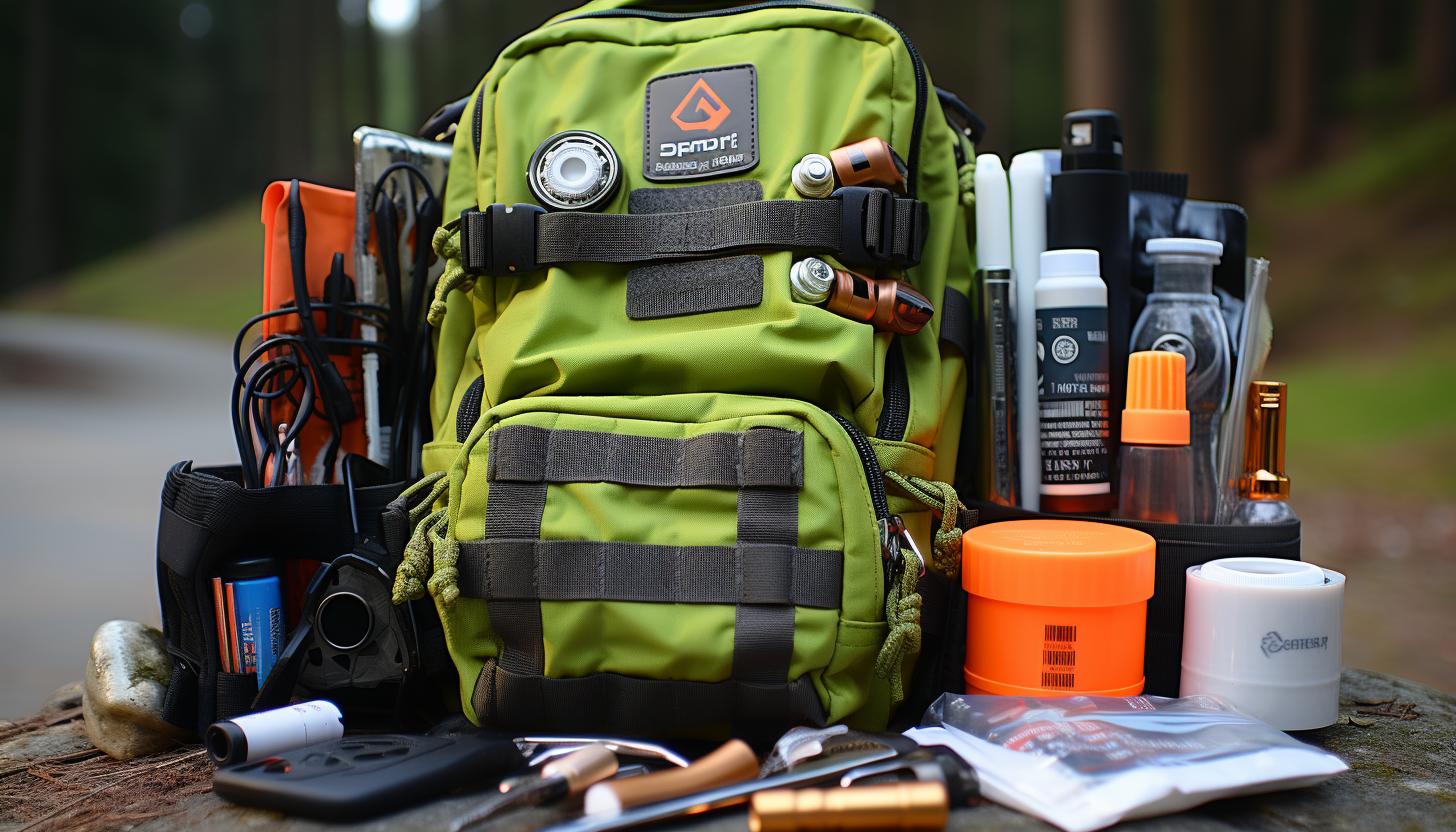
To ensure your safety and preparedness during your trail run, it’s important to have a first aid kit readily available. Accidents and injuries can happen unexpectedly, so having the necessary supplies on hand can make all the difference in an emergency situation. A well-stocked first aid kit should contain essential items that can treat common injuries and provide temporary relief until professional help arrives.
Consider creating a personalized first aid kit using the following table as a guide:
| Item | Purpose |
|---|---|
| Adhesive bandages | For covering small cuts and blisters |
| Gauze pads | To stop bleeding and dress larger wounds |
| Antiseptic wipes | For disinfecting wounds |
| Tweezers | To remove splinters or debris |
| Pain relievers | To alleviate minor aches and pains |
In addition to these basic supplies, you may want to include other items such as blister cushions, sunscreen, insect repellent, and any personal medications you may need. It’s also crucial to periodically check your first aid kit for expired items or missing supplies.
Nutrition and Snacks

Having a balanced diet and fueling your body with nutritious snacks is crucial for maintaining energy levels during trail runs. When it comes to fueling strategies, here are four key tips to keep in mind:
– Hydration is key: Make sure to drink plenty of water before, during, and after your run. Dehydration can lead to fatigue and decreased performance.
– Carbohydrate-rich snacks: Opt for snacks that are high in carbohydrates, such as energy bars or bananas. Carbs provide the necessary fuel for your muscles and help sustain energy levels.
– Protein-packed options: Include snacks that contain protein to aid in muscle recovery. Examples include nuts, Greek yogurt, or jerky.
– Quick and convenient choices: Look for snacks that are easy to pack and consume on the go. Granola bars, dried fruits, and trail mix make great portable options.
Remember that everyone’s nutritional needs may vary depending on factors like distance covered and individual metabolism. Experiment with different snacks during training runs to find what works best for you.
Conclusion
In conclusion, when embarking on a trail running adventure, it is essential to pack the proper gear. From your trustworthy trail shoes to keep you fleet-footed, to hydration options that will quench your thirst along the way.
Don’t forget navigation tools to guide you through uncharted territory and safety gear for any unexpected mishaps. In case of emergencies, a well-stocked first aid kit is imperative.
And lastly, fuel yourself with nutritious snacks to keep your energy high. Remember, preparation is key for a successful and exhilarating trail run!



